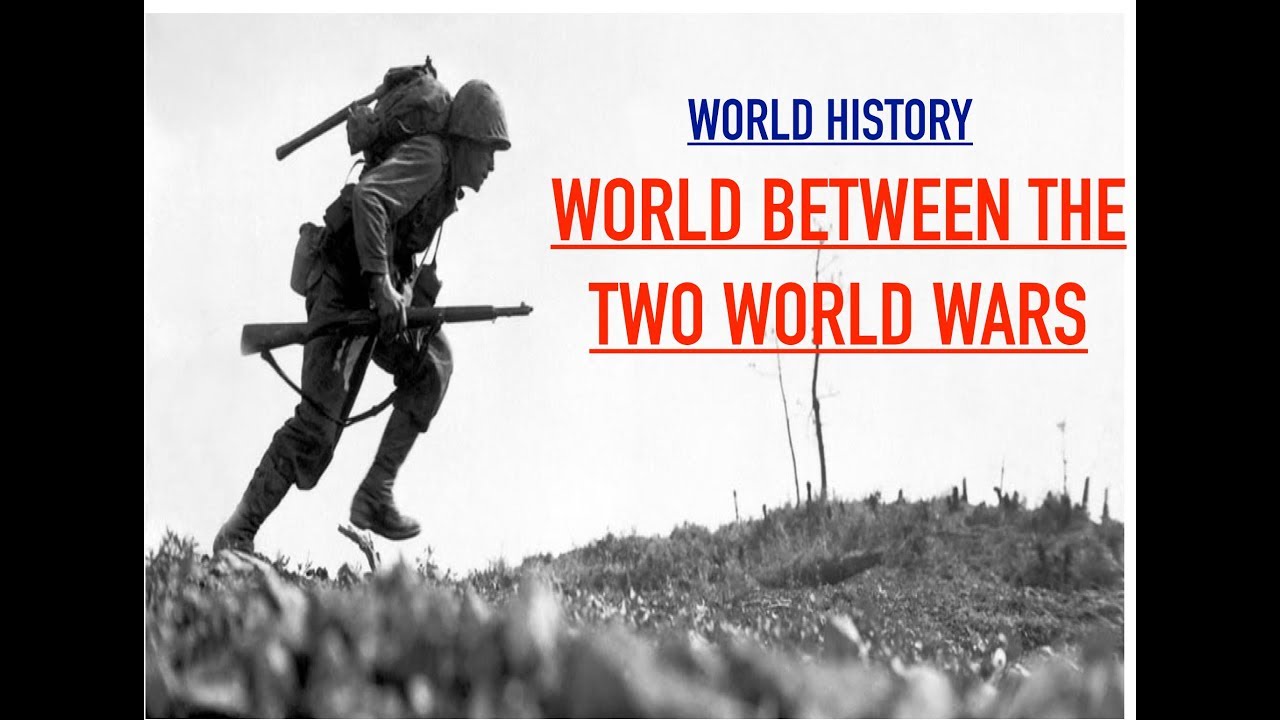The period from 1919 to 1939 was marked by the success of movements to the right. Although these movements were products of different societies, they had features in common: disillusionment with democracy for its failure to provide stability, aggressive nationalism, a sense of grievance, totalitarian government, and racism.
Fascism triumphed first in Italy after World War I. Mussolini, a socialist until the war, repudiated his old beliefs and shifted to militant nationalism. In a campaign of terror, Mussolini drove to power in the early 1920s. He established a fascist dictatorship, assuring his dominance by controlling the press and abolishing opposition parties.
Mussolini set up a corporative state in which the needs of labor and capital were subordinate to the interests of the state. Worker and producer syndicates had little real power or influence, which was held by the fascist bureaucracy. Mussolini pursued an aggressive foreign policy in the Mediterranean, Spain Ethiopia, and Albania.
After World War I, Germany experienced fifteen years of democratic government under the Weimar Republic. However, Weimar Germany went through three distinct phases: in the first, which lasted from 1918 to 1923, political threats arose from the left and right, and the nation was in economic chaos; in the second, which lasted from 1924 to 1929, Germany enjoyed political stability and relative economic prosperity; in the third, which lasted from 1929 to 1933, the right rose to power under Hitler, and economic depression cut the foundations from prosperity.
Hitler quickly established a dictatorship. He used the threat of a Bolshevik revolution to suspend constitutional government and build a strongly centralized state. He dissolved opposition political parties and crushed opponents within his own party. Once in power, Hitler embarked on a policy of eliminating Jews, and racism became a state policy. In foreign affairs, Nazi racist policies were extended to claiming lands inhabited by Germans.
In Spain, turmoil caused by divisions between left and right increased after the death of King Alfonso in 1931. During the Spanish Civil War (1936-1939), General Franco, aided by Italian and German forces, won a victory over the leftists. Franco established an authoritarian regime supported by landowners, the army, and the church.
In Portugal, another dictator, Antonio Salazar, rose to power. In eastern Europe, the successor states to the Habsburg Empire lacked parliamentary traditions. In the interwar period, authoritarian regimes were established in these nations.
After Lenin’s death in 1924, a desperate power struggle unfolded in the Soviet Union between Stalin and Trotsky. Stalin used his strong base of support in the party to force Trotsky out of power. Under Stalin, an authoritarian regime of the left was intensified.
By 1928 Communists had rejected Lenin’s New Economic Policy, which had aimed at reconstruction after the civil war. Between 1928 and 1941, Stalin imposed massive changes on Soviet life: collectivization, industrialization, elimination of opponents, and a return to bourgeois standards in social and intellectual life.
By the late 1930s Stalin had mobilized writers and historians to use Russia’s past to increase Russian nationalism. For by then, the Soviet Union faced a coalition of authoritarian fascist regimes pledged to exterminate communism.

